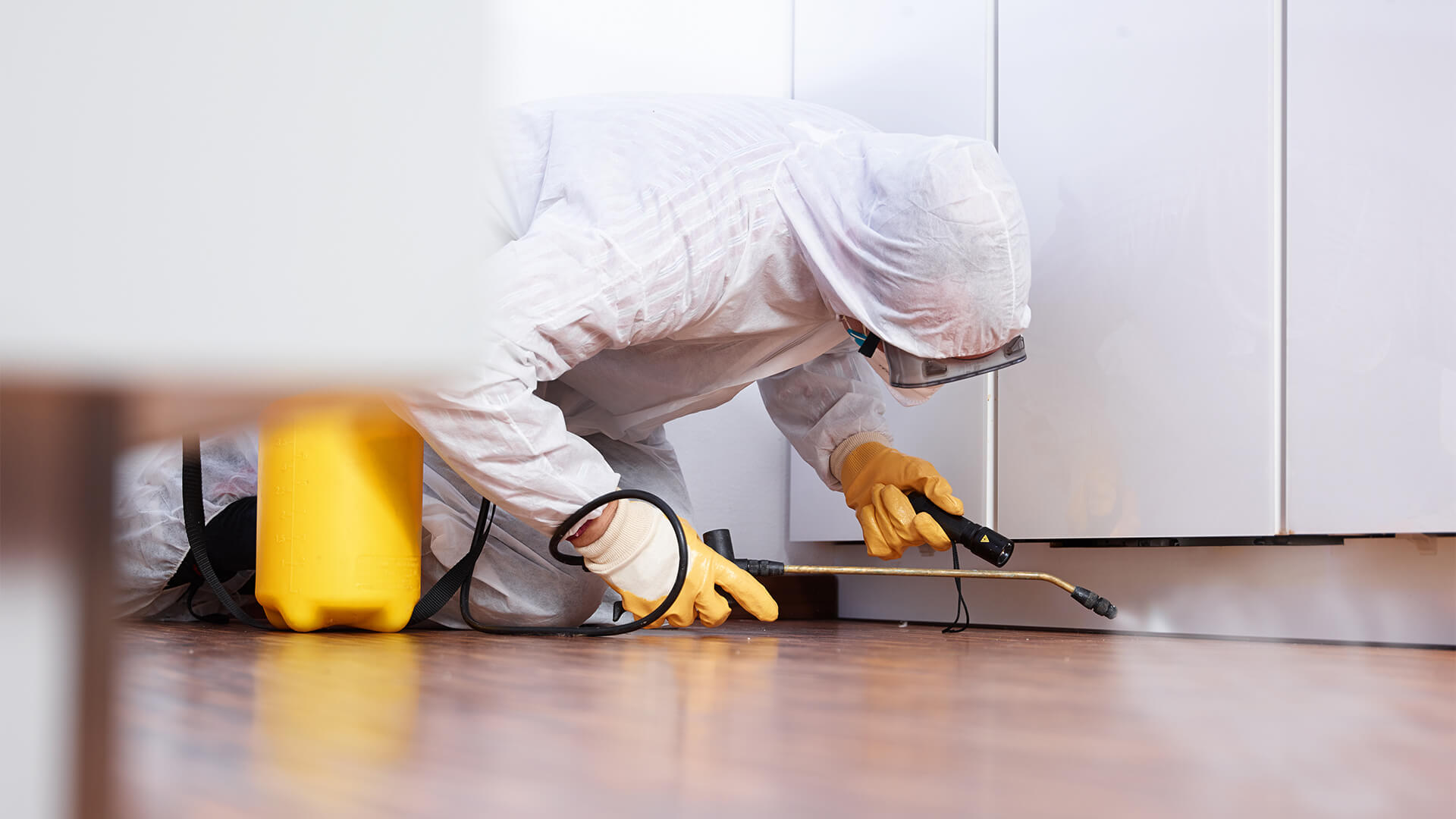Relied On A1 Exterminator Charlotte NC - Comprehensive Pest Solutions
Wiki Article
Bed Insect Treatment Break Down: Contrasting Chemical Vs. Non-Chemical Solutions
In the realm of parasite control, specifically when managing the persistent concern of bed bugs, the option in between chemical and non-chemical therapy solutions can be an essential one. Both strategies supply distinct advantages and downsides, affecting aspects such as efficiency, safety considerations, and total expense. By analyzing the nuanced information of each method, a clearer understanding of which path to pursue in attending to a bed bug invasion can be acquired.Effectiveness of Chemical Therapies
Chemical therapies for bed insect infestations have actually been extensively identified for their fast and potent efficacy in getting rid of these bugs. When considering the effectiveness of chemical therapies, it is important to recognize that they can give a fast and thorough remedy to a bed pest issue. Professional pest control men often depend on pesticides to target bed pests at different stages of their life cycle, consisting of adults, nymphs, and eggs. These chemicals usually function by interrupting the bed insects' nervous system, causing paralysis and ultimate death.Furthermore, chemical treatments have the benefit of supplying recurring impacts, implying that they can remain to remove bed insects also after the first application. This residual action is specifically helpful in combating any potential re-infestations. Additionally, the fast activity of chemical therapies can bring relief to people dealing with extreme bed pest problems, allowing them to reclaim control of their space rapidly.
Security Interest In Chemical Solutions
One important facet that calls for cautious consideration when making use of chemical options for bed pest therapy is making certain the security of residents and the atmosphere. Direct exposure to specific chemicals used in bed bug treatments can lead to respiratory system problems, skin inflammation, or other damaging responses, specifically in people with pre-existing problems or sensitivities.Furthermore, the environmental effect of chemical options is another substantial factor to consider. Some pesticides used in bed pest treatments might be hazardous to valuable bugs, wild animals, and environments if they leach into the dirt or water systems. It is vital to utilize chemical treatments deliberately, following security standards, and taking into consideration less toxic options to minimize these dangers and ensure the reliable and risk-free monitoring of bed bug infestations.
Benefits of Non-Chemical Strategies
Considering the prospective safety and security concerns and ecological effect associated with chemical options for bed insect therapy, exploring non-chemical methods provides a promising alternative with several distinctive benefits. Non-chemical therapies are ecologically pleasant, as they do not add to air or water pollution, making them a sustainable option for bug control.Furthermore, non-chemical options can be reliable in targeting bed insects, consisting of hard-to-reach locations where chemical therapies might not pass through. Techniques such as warmth therapy, vacuuming, vapor cleaning, and cushion encasements supply detailed removal without using dangerous chemicals. Furthermore, non-chemical techniques can be less disruptive, requiring very little prep work and enabling quicker reentry right into dealt with areas. On the whole, opting for non-chemical bed insect therapy methods not only prioritizes safety and environmental management however also guarantees effective and extensive bug control.
Limitations of Non-Chemical Treatments

Furthermore, non-chemical treatments usually need multiple applications to attain effective removal. This can be taxing learn this here now and may not always guarantee complete elimination of all bed bugs and their eggs, particularly in hidden or hard-to-reach areas.
Moreover, the success of non-chemical treatments heavily depends on appropriate application and thoroughness, which can be challenging for individuals without expert knowledge. Poor application of non-chemical techniques might result in incomplete obliteration, resulting in persistent problems and the requirement for added therapies.
As a result, while non-chemical treatments have their advantages, it is vital to acknowledge these limitations and consider them when determining the most reliable useful reference method for handling bed bug problems.
Cost Contrast: Chemical Vs. Non-Chemical Options
Provided the constraints connected with non-chemical therapies, an important facet to assess in the context of bed pest management is the expense comparison between chemical and non-chemical options. In contrast, non-chemical therapies like heat treatment or vapor can be a lot more expensive, with costs varying from $1,000 to $6,000 for an entire home. While the first expense of chemical treatments may appear reduced, several therapies might be required to fully get rid of the invasion, potentially enhancing the overall expense.Verdict

Taking into consideration the potential safety and security problems and environmental effect linked with chemical remedies for bed pest therapy, checking out non-chemical methods presents an appealing option with several distinctive benefits.Given the restrictions associated with non-chemical therapies, a crucial element to examine in the context of bed bug management is the expense comparison in between chemical and non-chemical choices. In contrast, non-chemical treatments like warm treatment or vapor can be much more informative post costly, with costs ranging from $1,000 to $6,000 for a whole home. While the initial cost of chemical therapies might seem lower, multiple treatments might be called for to totally eradicate the invasion, possibly enhancing the total expense.In conclusion, when comparing chemical and non-chemical bed insect therapy alternatives, it is necessary to consider effectiveness, safety and security, benefits, limitations, and cost.
Report this wiki page